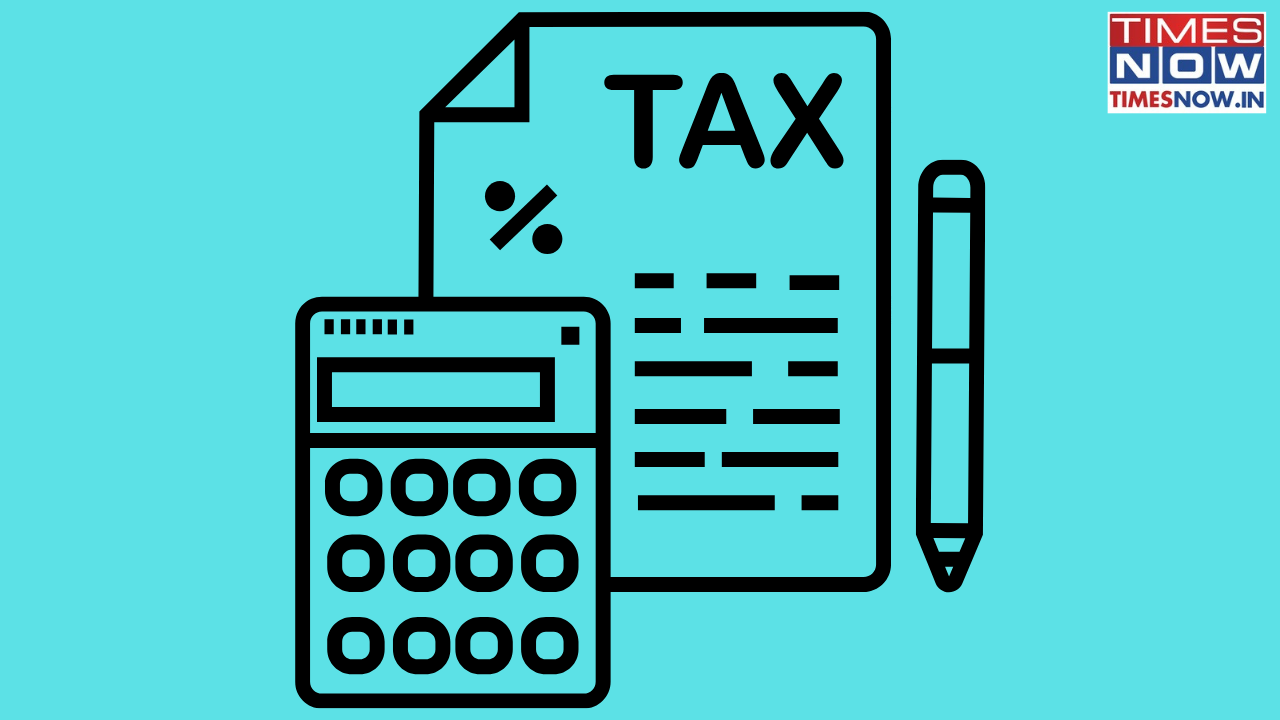
Since 1 April 2020, the Indian income tax system has offered individual taxpayers and Hindu Undivided Families (HUFs) the choice between two taxation systems: the old deduction-based regime and a new streamlined structure. As per the Union Budget 2023-24, the new tax regime has been declared the default option. Taxpayers must actively opt for the old regime if they prefer it.
The question remains—which system is better? The answer largely depends on who you are (salaried or self-employed), what exemptions and deductions you can avail of, where your savings and investments stand, and how you want to manage your taxes. Old vs New Tax Regime: Key Features and DifferencesThe Old Tax RegimeThe old regime is deduction-friendly, with over 70 exemptions and deductions available. It caters to taxpayers who invest heavily in tax-saving schemes, providing significant benefits to those who meet the eligibility criteria.

Key deductions include: Section 80C: Up to Rs 1.5 lakh for investments in ELSS, PPF, NPS, etc. Section 80D: Deductions on health insurance premiums.
HRA and LTA: Exemptions for house rent and leave travel allowance. Home loan interest deduction: Up to Rs 2 lakh under Section 24(b). While these deductions encourage a disciplined saving culture, they demand extensive documentation and detailed tax planning.
The New Tax RegimeIntroduced in FY 2020-21 under Section 115BAC of the Income Tax Act, the new regime simplifies taxation by reducing tax rates and doing away with most exemptions and deductions. Its streamlined structure benefits taxpayers with lower investments or those who prefer a less cumbersome tax preparation process. Key changes introduced in Budget 2023 include: Revised Tax Slabs (FY 2024-25): Up to Rs 3 lakh: Nil tax Rs 3 lakh – Rs 6 lakh: 5 per cent Rs 6 lakh – Rs 9 lakh: 10 per cent Rs 9 lakh – Rs 12 lakh: 15 per cent Rs 12 lakh – Rs 15 lakh: 20 per cent Above Rs 15 lakh: 30 per cent Tax Rebate Increase: Tax-free income threshold raised to Rs 7 lakh (from Rs 5 lakh) under Section 87A.
Standard Deduction Extension: Salaried individuals can now claim Rs 50,000 as a standard deduction under the new regime, bringing tax-free income to Rs 7.5 lakh. Reduced Surcharge for High-Income Earners: The surcharge on income above Rs 5 crore has been reduced from 37 per cent to 25 per cent, lowering the effective tax rate from 42.
74 per cent to 39 per cent. Comparative Analysis: Old vs New Tax RegimeIncome Level Tax Savings in Old Regime (if deductions used) Tax Under New Regime (Post Budget 2023) Rs 7 lakh Zero tax (with full Section 80C utilisation) Zero tax (due to revised rebate) Rs 10 lakh Rs 54,600 (with Rs 2.5 lakh deductions) Rs 54,000 Rs 15 lakh Rs 1,95,000 (with Rs 4 lakh deductions) Rs 1,50,000 For those claiming deductions below Rs 1.
5 lakh, the new regime is more advantageous. However, individuals with substantial investments and savings benefiting from deductions above Rs 3.75 lakh may find the old regime more beneficial.
Who Benefits Most Under Each Regime?New Tax Regime: Ideal for those with limited investments or non-salaried taxpayers who do not qualify for many exemptions. It suits individuals looking for simplified tax calculations and reduced compliance requirements. Old Tax Regime: Suitable for salaried taxpayers or those with significant savings and investments.
It caters to individuals who maximise Section 80C, HRA, and other exemptions.Budget 2023 Enhancements for the New RegimeThe Indian government has taken steps to make the new regime more attractive: Higher Tax-Free Threshold: Income up to Rs 7.5 lakh is now exempt, inclusive of the Rs 50,000 standard deduction.
Leave Encashment Exemption: Non-government employees can claim up to Rs 25 lakh as leave encashment on retirement (up from Rs 3 lakh). Simplified Tax Slabs: Fewer and lower rates compared to the old system. The choice between the old and new tax regimes depends on individual financial circumstances.
If your annual deductions exceed Rs 3.75 lakh, the old regime is likely more beneficial. For those prioritising simplicity and fewer compliance requirements, the new regime stands out as a better choice.
Taxpayers should review their income, expenses, and investment patterns carefully and use tax calculators to evaluate their options. Consulting a tax advisor is recommended to make an informed decision. Get Latest News Live on Times Now along with Breaking News and Top Headlines from Budget 2025, Business Economy and around the world.
.















